Editor's note: in December 2022 chef Paul Kitching sadly died at age 61. RIP. The restaurant closed at the end of March 2023.
The restaurant is in a grand Edinburgh town house set over several floors, with four hotel bedrooms, a luxurious lounge with a high ceiling on the first floor and the dining room on the ground floor. Paul Kitching’s 21212 opened in May 2009 and was awarded a Michelin star in 2010, which it has retained ever since. Paul and his partner previously ran the now defunct but (when he was there) Michelin-starred Juniper in Altrincham for twelve years, where I once enjoyed a very good meal in the late 1990s.
The menu had a short selection of a trio of starters, a soup course, a selection of three main courses, cheese and a choice of three desserts. You can choose from three to five courses from this sequence. The name of the restaurant apparently came from the menu structure, which used to offer two starter courses, then soup, then two mains, then cheese, then two desserts – hence the 21212. Strictly speaking they should now rename it 31313, but I suppose that would involve reprinting a lot of stationery. The dining room has an open kitchen at one end and well spaced tables, carpeted and without music, so has pleasingly low noise levels. Lighting was rather gloomy.
The wine list ranged in price from £34 to £1,450, and had labels from around the world, including from Lebanon and Hungary. Sample bottles were The Lane Vineyard Block 1a Chardonnay 2013 at £42 for a bottle that can find in the high street for £14, Trimbach Riesling Selection de Vieilles Vignes 2011 at an excessive £70 compared to its retail price of around £20, and Domaine Bernard Moreau Chassagne Montrachet 2011 at a steep £135 for a wine that will set you back £32 in a shop. There were grander wines too, such as Guigal La Turque 2000 at £455 compared to a retail price of £197, and Domaine Georges Mugneret-Gibourg Echezeaux at £580 compared to its current market value of £325.
Bread was made in the kitchen: soft, buttery white bread with carraway seeds; I like it when restaurants go to the trouble of making their own bread, and this was very good indeed (16/20). An amuse-bouche was a cold soup of sweet corn puree, tomato and garlic gazpacho, horseradish sauce, couscous and a crisp of whole grain mustard. This worked well, the kick of horseradish and mustard enlivening the dish, the contrast of textures pleasing (16/20).
A starter had pieces of sea bass, goujons of haddock, crab, mushroom and saffron sauce, butter beans, grapes, black olives, new potatoes, grated carrot, a vegetable crisp and fried fish skin. This was a mixed bag: the haddock had excellent flavour, the sea bass was reasonable, the beans were tender and the olives were fine. However the potatoes were almost raw and the vegetable crisp was anything but, whereas the fish skin was indeed pleasantly crisp. There were a lot of elements to this dish, which must put some pressure on the kitchen, but the errors in some elements slightly spoiled the overall effect (14/20).
My starter comprised braised chicken, smoked duck, chocolate mayonnaise, parsley and cauliflower sauce, almonds, butter beans, mushrooms and a garnish of potato crisps. The meat elements were fine, and the chocolate sounds weird but worked reasonably well (just as it does as a contributor in savoury Mexican dishes in the form of mole sauce). The beans were good but the potato was rather soggy rather than crisp, in what was becoming a recurring theme. Still, just about 15/20 due to the good meat.
A soup of celeriac had spicy popcorn, carrots, mouli, swede, mange tout and mint parchment. The celeriac was good and the mange touts were tender, but the mint parchment was as ultra dry as its name suggests and rather brought down the overall level of the dish (14/20).
Fillet of trout came with scallops, leek hache, fig crisps and shellfish bisque. The trout was fine, the Scottish scallops slightly uninspiring, though the bisque was fine if rather limited in quantity. However the pair of fig slivers were an odd couple: one crisp and with good flavour, the other soggy and disappointing. A notional mustard flavour was distinctly subtle, and may have improved the dish if it had been more obvious (14/20 overall).
Braised guinea fowl breast was correctly cooked and came with smoked duck, smoked gammon, white and black pudding, pimento, pecans, curried pease pudding sauce and a side dish of mixed vegetables including asparagus (in August?) and feta. The gammon had plenty of flavour but the dish needed more sauce, and the vegetables were unremarkable (14/20).
A take on trifle contained white chocolate, pears, strawberry, almond fudge, shortbread and honeycomb. The strawberry flavour came through but the pear flavour was missing in action. The shortbread was fine but the white chocolate was soggy, so quite a mixed bag overall (13/20).
Coffee was from a Nespresso machine, which seems to me a bit of a cop out in a Michelin starred restaurant. Coffee from these pods is consistent, which explains its appeal to restaurateurs, but fairly ordinary. Petit fours included lemon Turkish delight, dates with chocolate in shortbread, cumin and chocolate fudge, marzipan and fig in chocolate and a flat jack. These were again very variable in standard, with pleasant Turkish delight but chewy fudge and badly dessicated flat jack (12/20).
The service was friendly, and although topping up was not perfect the staff were enthusiastic and friendly. The bill came to £153 each, the food element at £72 per person before coffee, wine and service. If you shared a modest bottle of wine then a typical all-in cost per head would come to around £105 or so. Overall the meal tonight was a little frustrating. It started really well, and although the kitchen seemed overly anxious to innovate, the flavour combinations were generally logical. What fell down was the execution, with minor errors that perhaps are caused by the apparent desire to pile more and more elements into the dishes. Sometimes less is more: dishes at, say, the three star Les Pres des Eugenie often have just three elements on the plate, but they are perfectly cooked and in sublime balance. The more dish elements that appear, the harder it is to get them all delivered to the table in an optimal state. I really wanted to like the meal here a little more than I ended up doing, but certainly the best dishes were very enjoyable. It was good to see some originality, but I wish the kitchen would cut back a little on the sheer number of flavours and components in each dish, and execute rather more consistently than it did tonight.





















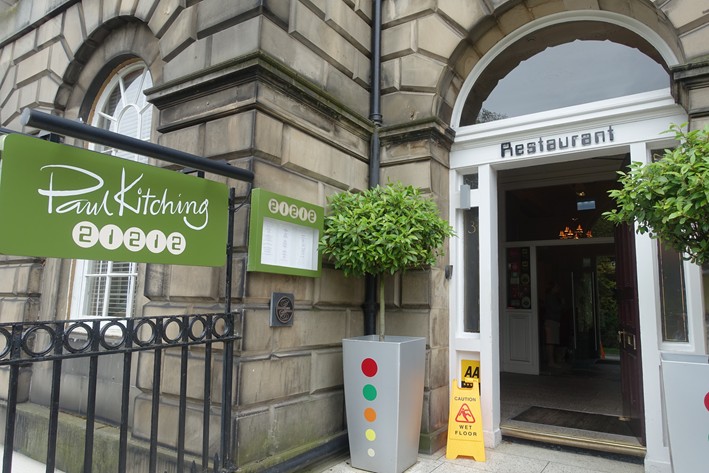

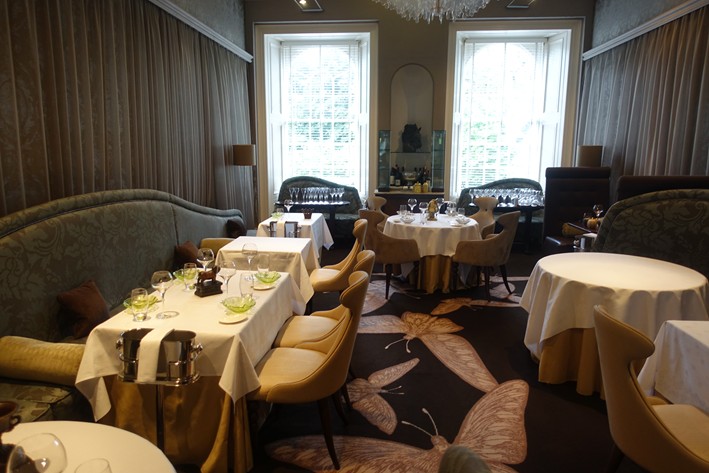
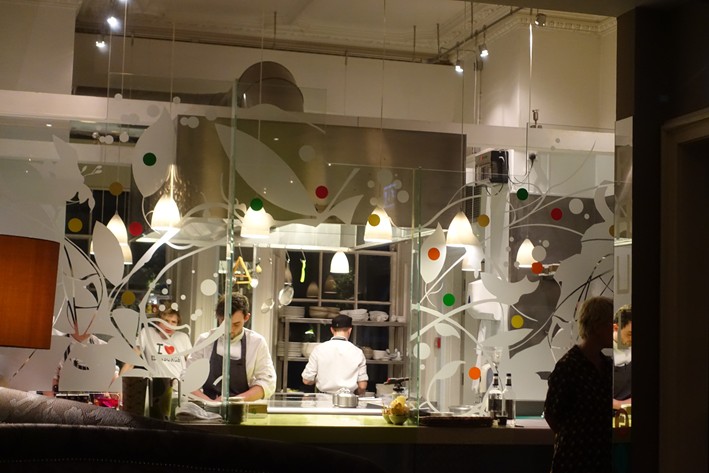
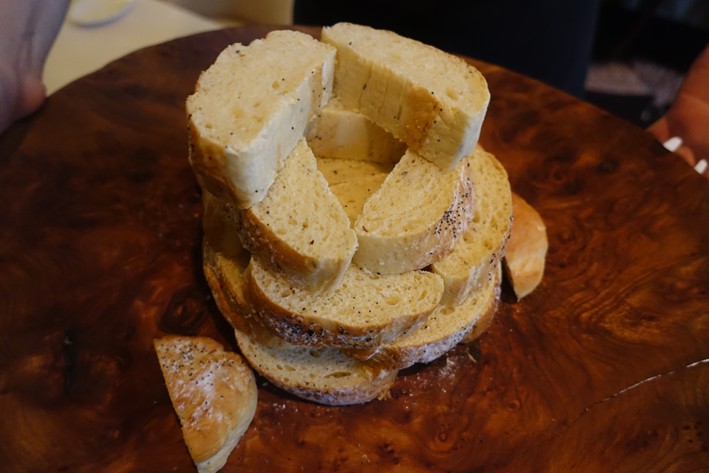
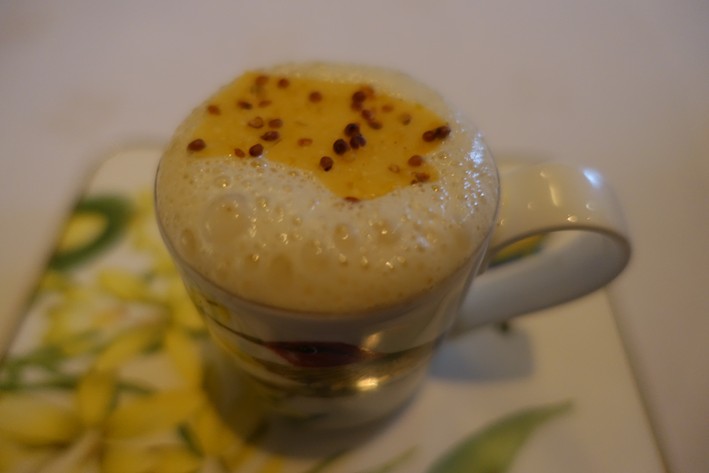
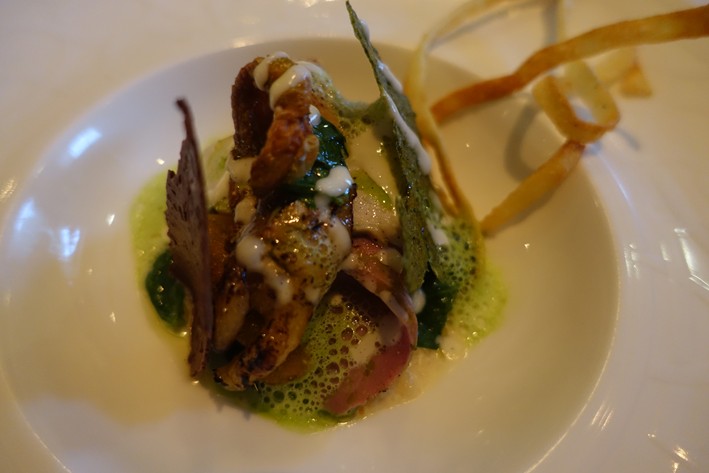
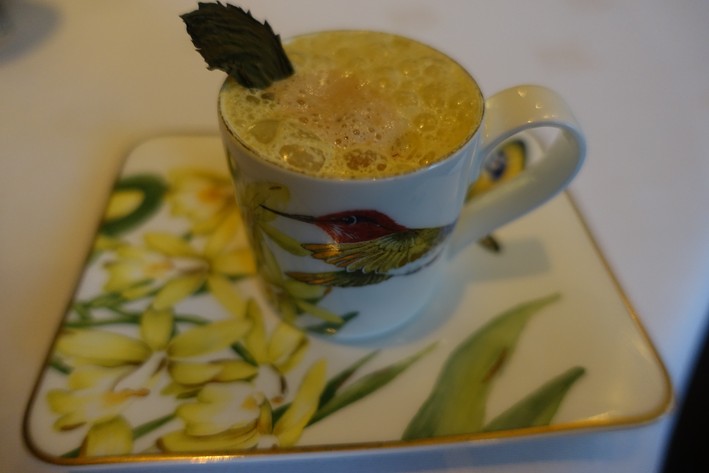
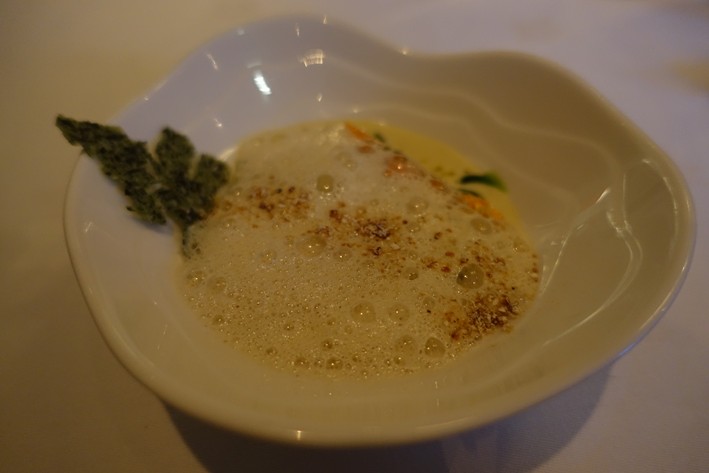
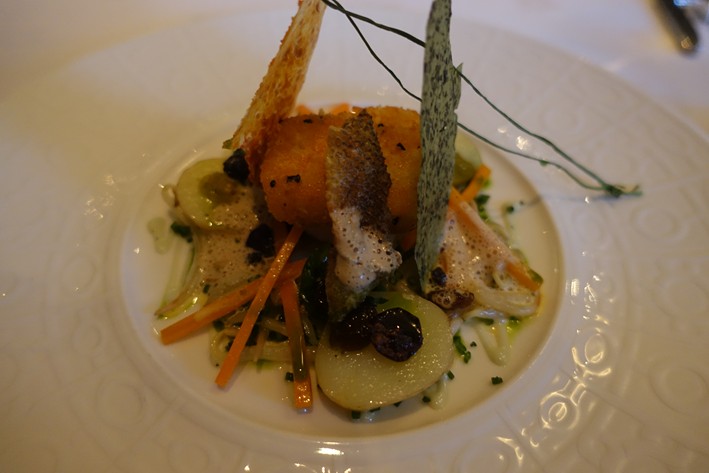


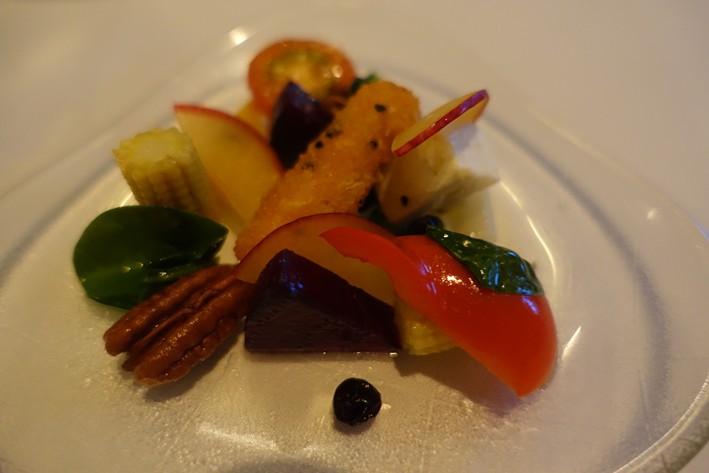
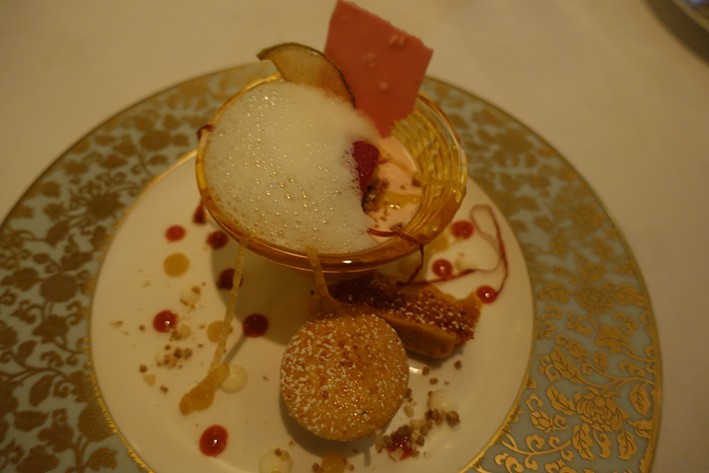

Add a comment
Thank you for submitting your comment, this will be checked and added to the website very soon.
User comments